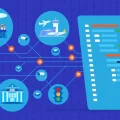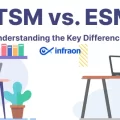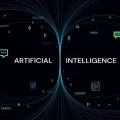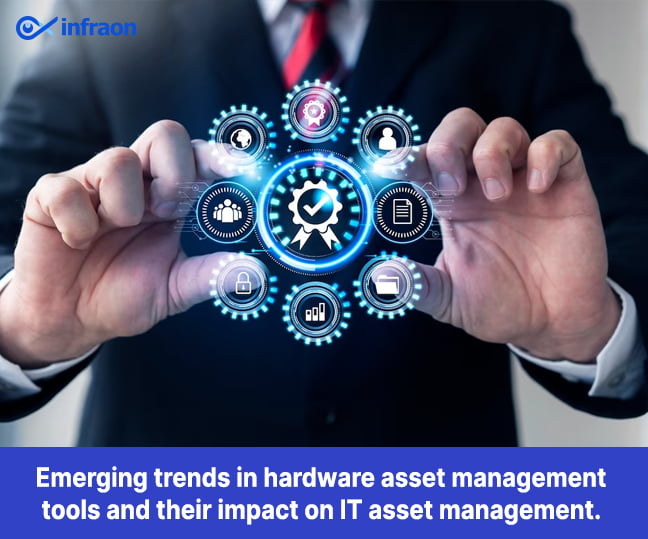Infraon blogs
Expert Insights on ITOps
and Customer Success
Unlock the power of
Infraon Infinity
One platform for ITSM, helpdesk & asset management
Written by Suraj Niyogi
Written by Prashanth
Written by Gayathri R L
Written by PRAVEEN SINHA
Written by Sachin Kumar
Written by Abhirup Sarkar
Written by Vinutha
Written by Aswin V P Ram
Written by Sachin Kumar
- Asset Management
- Fixed Asset Management
- Good Reads
- Hardware Asset Management
- Infrastructure Asset Management
Written by Prashanth
Written by Gayathri R L
Written by PRAVEEN SINHA
Read by category
TOP PICKS IN “CUSTOMER SUCCESS”
Written by Vinutha
Written by PRAVEEN SINHA
Written by Soumya Nandhakumar
Written by Sudhakar Aruchamy





















